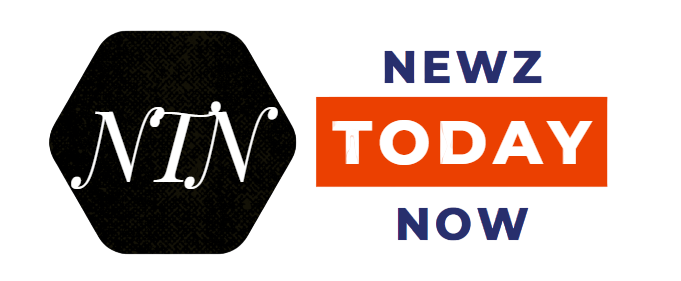The 1976 Bicentennial quarter is a treasured piece of American heritage, minted for the United States’ 200th anniversary. Most of these coins retain only a face value, whereas a few particular ones caught collectors’ attention and fetched prices that are beyond imagination. Among such rare pieces, one silver Bicentennial quarter recently sold for 1.35 million dollars. Let’s look at this incredible coin and six other quarters worth over $250,000, each with its own tale and history.
1976 Bicentennial Quarter
The Bicentennial quarter is an iconic coin, with a colonial drummer on the reverse and dual dates “1776–1976” on the obverse. Most of them were produced in a copper-nickel clad composition, but there was a small mintage run on a 90% silver planchet initially meant for proof sets.
Why It’s Valuable
To be honest, this silver variant is really rare because of a minting error that accidentally released it into circulation. Its unique composition and its connection to the U.S. Bicentennial make it a collector’s dream, driving its value to a record $1.35 million.
What to Look For
A silver Bicentennial quarter is heavier than its copper-nickel counterpart. Look at the edge of the coin; a solid silver appearance instead of the typical copper stripe confirms its unique composition.
1932-D Washington Quarter
The Washington quarter series began in 1932, and the Denver-minted 1932-D is among its rarest and most valuable coins.
Why It’s Valuable
It’s extremely rare because only 436,800 of them were produced. When this coin is minted and flawless, its worth is well above $250,000.
What to Look For
Search for the “D” mint mark on the back below the eagle. Circulated copies will also be sold at a premium, but those that appear to be almost minted will bring top dollars.
1870-CC Liberty Seated Quarter
Minted in the famous Carson City Mint, the 1870-CC Liberty Seated quarter is highly coveted by collectors.
Why It’s Valuable
Only 8,340 coins were struck and many lost to melting, but high grade specimens are nearly impossible to find, selling over $250,000.
What to Look For
The “CC” mint mark below the eagle on the reverse verifies it is from Carson City. Because it is rare, there are reproductions so be sure to have it professionally graded.
1901-S Barber Quarter
The 1901-S Barber quarter is the rarest coin in the Barber series and was produced in San Francisco.
Why It’s Valuable
Only 72,664 were produced, and fewer than 1,000 are known to survive today. Uncirculated specimens bring more than $250,000.
What to Look For
Look for the “S” mint mark under the eagle on the back. Even worn specimens have significant value because of their extreme rarity.
1823/2 Capped Bust Quarter
The 1823/2 Capped Bust quarter is known for its overdate error, where the “3” in the date was struck over a “2.”
Why It’s Valuable
The overdate error and the coin’s limited surviving examples make it a numismatic rarity worth over $300,000 in good condition.
What to Look For
Look closely at the date for evidence of doubling or remnants of the underlying “2.” A magnifying glass or professional grading will confirm the presence of the overdate error.
1796 Draped Bust Quarter
The 1796 Draped Bust quarter is the first-ever quarter ever struck in the United States.
Why It’s Valuable
There were only 6,146 minted of this coin. This rarity combined with its history makes it extremely rare and highly coveted. High grade coins can be sold for upwards of $250,000.
What to Look For
The obverse depicts Lady Liberty, and the reverse shows a small eagle. Even coins that are heavily worn have value because of their scarcity and place in U.S. coinage history.
1871-CC Liberty Seated Quarter
The Carson City Mint is also home to another rare find, the 1871-CC Liberty Seated quarter, which has a low mintage and high collector demand.
Why It’s Valuable
Only 10,890 of these coins were produced, making them one of the rarest quarters from Carson City. Well-preserved examples can exceed $250,000, while circulated coins also command significant prices.
What to Look For
Look for the “CC” mint mark beneath the eagle on the reverse. Coins from the Carson City Mint are always in high demand among collectors.
Final Thoughts
Rare quarters like the Bicentennial quarter and others listed above are treasures hidden in plain sight. Whether their value stems from minting errors, historical significance, or low mintage, these coins tell fascinating stories while holding immense monetary worth. If you’re a coin enthusiast, always examine your pocket change closely—you might just uncover a fortune.
They not only hold value but also act as tangible reminders of the past for collectors and history enthusiasts alike. Maybe the next time you count your spare change, you’ll be holding a little piece of history in your hands.
FAQ’s
Q. What makes the $1.35M Bicentennial Quarter so valuable?
A. Its rarity, unique silver composition, and historical significance make it a prized collector’s item.
Q. How can I identify a rare Bicentennial Quarter?
A. Look for a solid silver edge without a copper stripe, as well as pristine condition and minting errors.

